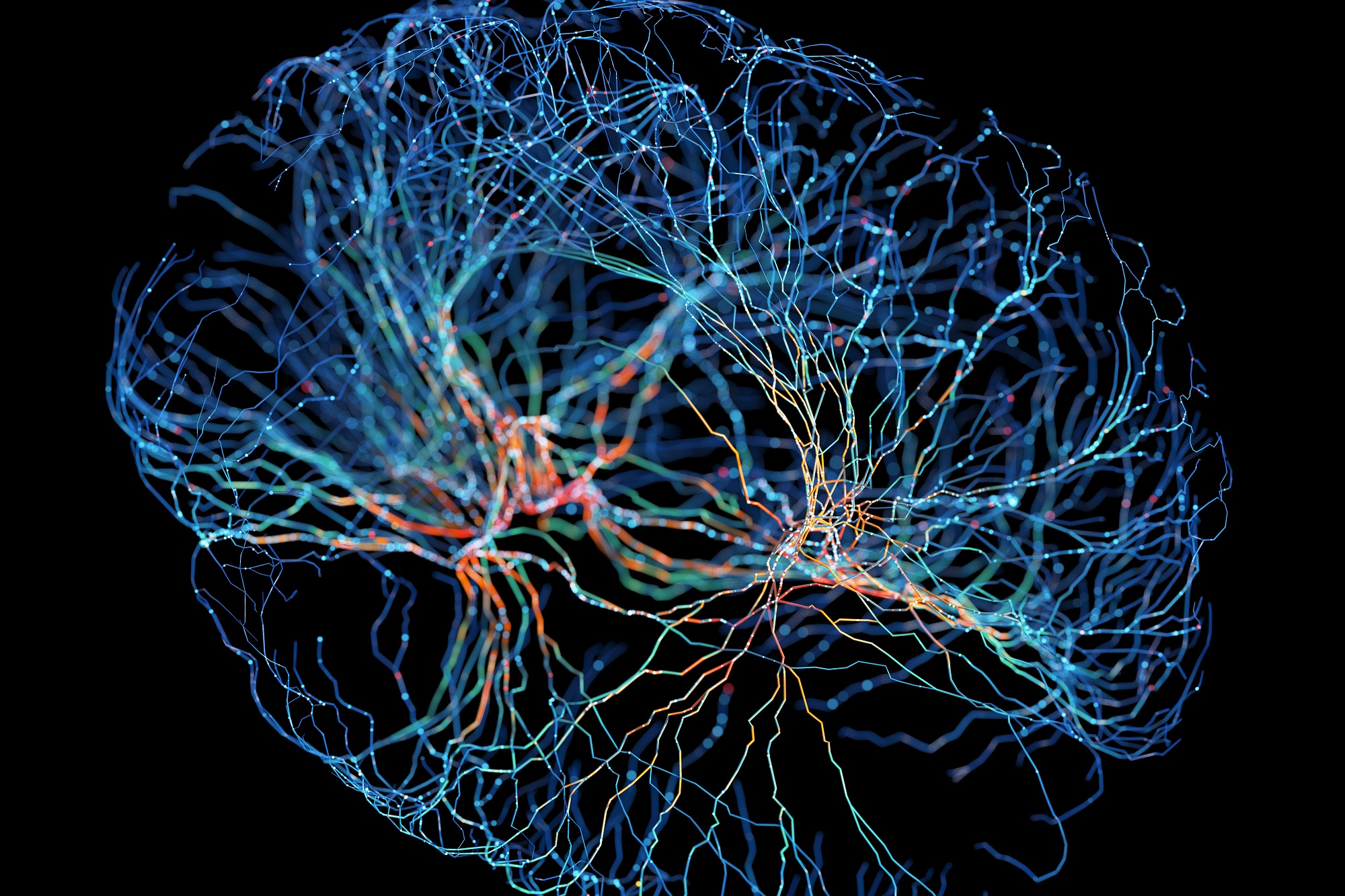Scientists have created an incredibly detailed 3D brain map of a fly’s brain, and it’s probably one of the coolest things that you’ll see this year. While it might not be a map of the human brain, getting a better understanding of the brains of flies can help unravel some of the larger mysteries surrounding human brains as a whole.
The groundbreaking map is something that was previously believed to be unachievable just a few short years ago. However, now that researchers have managed to create a complete wiring diagram of an entire fruit fly brain, the fruits (pun intended) of their labors are already starting to manifest, according to an assortment of new papers on the findings.
These incredibly detailed 3D brain maps are called connectomes, and the fruit fly isn’t the first organism that we’ve managed to map out the entirety of. In fact, the first organism was actually a worm called Caenorhabditis elegant, which was first described entirely in a paper released back in 1986. This work helped shape future research into the worm, and it is still one of the most widely utilized model organisms in the scientific community over 40 years later.
However, the worm doesn’t actually have a brain. At least not in the typical sense of the word. Instead, it utilizes what we call a “nerve ring” to help control its body, which allows it to take part in basic learning. That’s why scientists needed to look elsewhere for ways to practice wiring out the complexity of the human brain. And what better place to start than the brain of the common fruit fly?
These pesky little insects can be rather annoying, and we’ve even seen some shocking developments lately with the arrival of new horror wasps, which lay their eggs in living fruit flies only to have their larvae come bursting out of the still-living fly later on. But understanding the brains of the common fruit fly is a much more involved process. And that’s why scientists wanted to create a 3D brain map of the fruit fly’s brain.
See, fruit flies are capable of several complicated actions, including the ability to navigate, walk, fly, and even sing to attract mates. This is all achieved thanks to over 50 million synapses in their brains, which connect a total of 139,255 neurons. And mapping all of that out was no easy feat. You can see a rendering of the fruit fly’s auditory neurons in the video above, and learn more about this groundbreaking development by reading through the primary paper which was published in Nature. Other documents on the creation of the brain are also available online through the research journal’s landing page.
In the past, researchers managed to map out a fruit fly larvae’s brain. But this is the first time we’ve seen such a detailed 3D brain map of any organism, and it is truly spectacular to behold.

